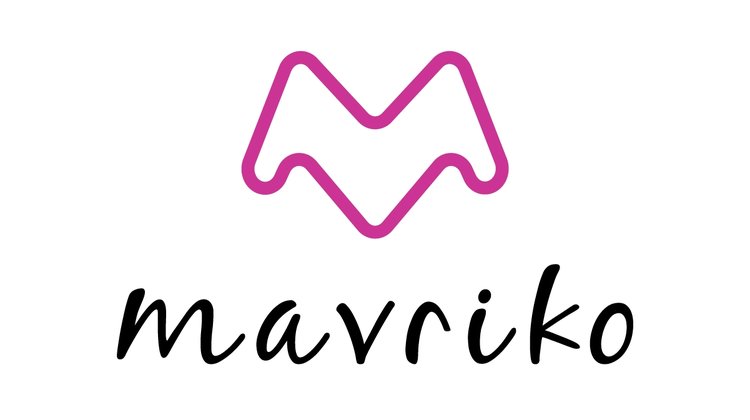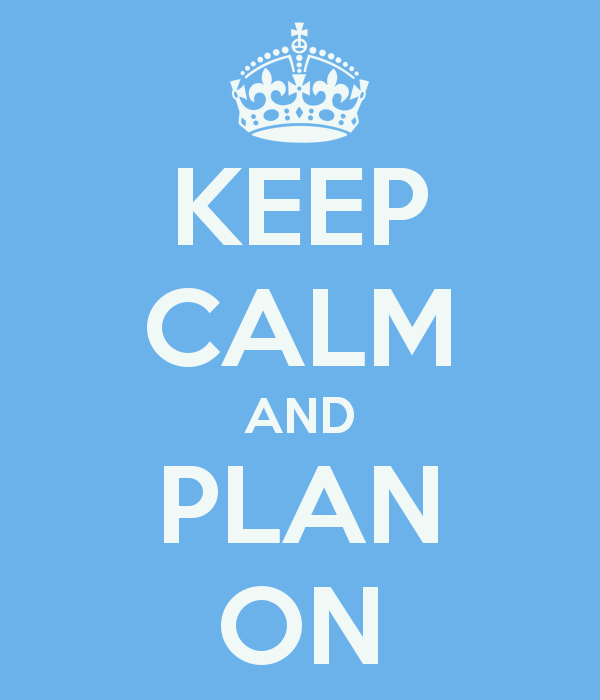Whether negotiating a partnership, forecasting the results of a new project, or pitching investors on your startup; you most likely calculated the intended outcome by layering in facts and assumptions that allow you to make a guess about the future.
This is a core element of any new strategic endeavor or plan, which unfortunately can be quite perilous if not done correctly. Much of the time, the peril lies within your assumptions, not with your inherent ideas.
In most instances where intelligent parties are involved, a carefully crafted prediction of the future is formulated with multiple assumptions that must prove true to obtain the desired results.
The end game becomes crafting a 'story that sells' instead of rigorously evaluating the assumptions in order to develop a model of the future that is as certain as possible.
Startups are major culprits of this because of their uncertain future, lack of a viable business model, participation in an ecosystem that embraces uncertainty, “pivoting” and constant adjustment. This is fine in the earliest days, but if you have raised money with assumptions that you did not fully vet, you might be in for a rude awakening at your next investor meeting.
Forecasts are often presented with a “best case/worst case” scenario in mind, but more times than not, this “worst case” is a “low end” prognosis crafted to increase the likelihood of approval or acceptance. The fear in genuinely revealing the “worst case” is that you might never actually get approval to move forward with your plans, the funding to make it to market, or the partnership you seek. Unfortunately, this might be the most positive outcome!
Here is the crux of the problem:
Many times people exploit their assumptions to tell a positive story without conducting the rigorous work needed to determine their accuracy, let alone their likelihood. This leads to miscalculations, errors, omissions and sunk costs that can take years to recoup, if ever.
Worst of all, they do this because it’s often endorsed, overlooked or rewarded!
A better way to plan:
First, admit that your projections may indeed be inaccurate, hence the need to test your assumptions. When leadership acknowledges and supports this process, team members are less inclined to falsify the prognosis, and a more rigorous examination can take place in plain view.
Then, ask yourself or your team: “Given our projections, what are the most important assumptions that must prove true for us to be successful, and how will we track them”? List these assumptions in order of importance, with the most important/uncertain at the top.
Once you have this list, you can then find ways to economically and rapidly test them for validation. Invariably, you will gain confidence through this process, as you either affirm or refute your assumptions. This knowledge can then be interlaced into your strategy with forecasts that gain greater assurance and transparency. Buy-in from third parties becomes easier when the story is told not simply with assumptions identified, but with those assumptions tested.
It comes down to the willingness to ask the right questions, the patience to investigate your variables, and ultimately answering the simple question, “What must be true for this to work”.
The next time you need to develop a vision for the future, first examine your assumptions. You might not be able to precisely predict the outcome, but you’ll come a heck of a lot closer to success.
Read more from the Journal...
Mavriko Marketing is a business consultancy that helps companies Make Their Move™ with better strategy, digital marketing and design. If you’d like to improve your bottom line, contact us today! anthony@brandmavriko.com




